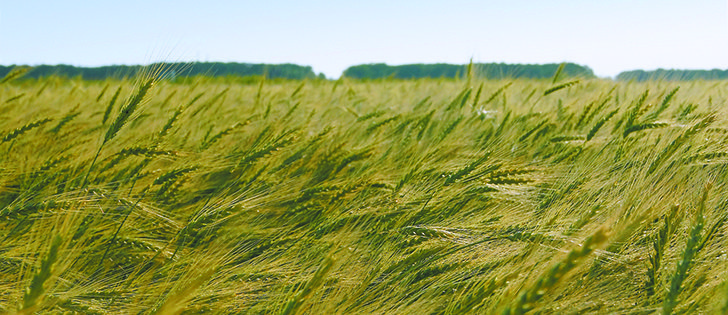Manitoba outlook | Despite poor start to season, growers are seeing average yields
Even though germination was poor last fall and cold, snowy weather continued into April this spring, Manitoba winter wheat growers are pleased with yields.
Combining began in the second week of August in the eastern half of the province, particularly in the areas between Portage la Prairie and Winnipeg. Growers in that region and in eastern Manitoba have reported yields between 75 and 100 bushels per acre.
“Ours is running between 75 and 80,” said Rick Rutherford, who planted 500 acres of winter wheat on his farm near Grosse Isle, Man., and completed harvest Aug. 15.
Read Also

Stacking Canada up on gene editing livestock
Canada may want to gauge how Argentina and other countries have approached gene editing in livestock and what that has meant for local innovation.
Overall, the winter wheat crop is producing average yields, low levels of fusarium head blight and higher than usual protein content.
“We haven’t had ours checked but that’s the rule of thumb, the protein seems to be a bit higher this year…. We’re happy with our crop,” Rutherford said.
The average to above average yields are somewhat surprising because dry conditions last fall hindered winter wheat germination across Manitoba, particularly in the western half of the province.
Jake Davidson, Winter Cereals Manitoba executive director, said Hutterite Colonies near Elie and Portage la Prairie have reported winter wheat yields as high as 100 bu. per acre.
“They seem pretty pleased with the yields that they’re getting,” Davidson said.
The Manitoba average for winter wheat is around 65 bu. per acre but the average in the Red River Valley is significantly higher, Davidson said.
“The closer you get to Winnipeg… your numbers start to go up. There are people who do well over 100 (bu. per acre) south of Winnipeg.”
Doug Martin, of East Selkirk, Man., said patchy germination produced an uneven winter wheat crop on his farm.
Martin, who grew 600 acres of winter wheat, said before harvest his crop was decent. Fusarium levels were lower than previous years thanks to cooler conditions this summer.
“My brother works for Bayer and he’s been in a lot of winter wheat fields and hasn’t seen much fusarium…. So for feed quality it will be good.”
In addition to solid yields, winter wheat prices are now relatively strong.
Martin said elevators have been offering $6.70 per bu., which compares favourably to spring wheat.
“I just priced out some spring wheat and it’s seven bucks…. So there isn’t a whole lot of spread.”
That spread could be narrowed further if winter wheat growers receive a protein premium of 10 to 20 cents per bu.
Even though it was a cooler and wetter summer, winter wheat growers in Manitoba are reporting protein levels about 11 and 12 percent.
According to Manitoba Agricultural Services Corp., growers insured 622,000 acres of winter wheat in Manitoba this year, up from 594,000 in 2012.
It’s unlikely that 622,000 acres will be harvested because growers in western and central Manitoba plowed under winter wheat and re-seeded thousands of acres this spring.
In many fields only a few plants survived the winter because the crop failed to germinate during extremely dry conditions last fall.
















